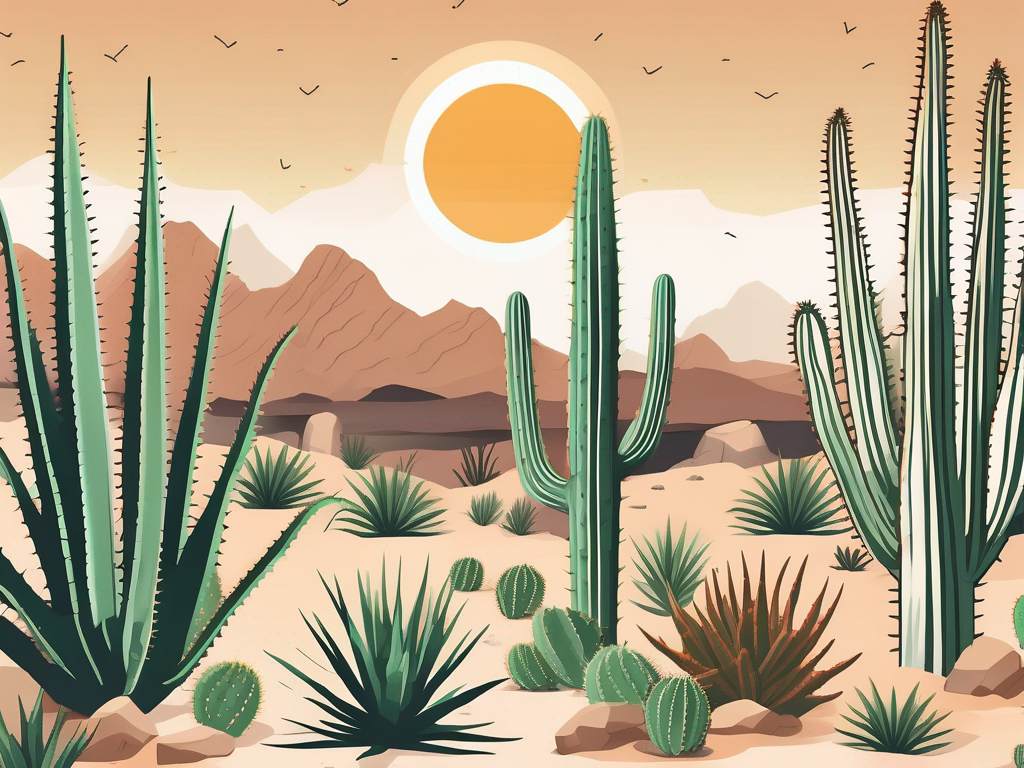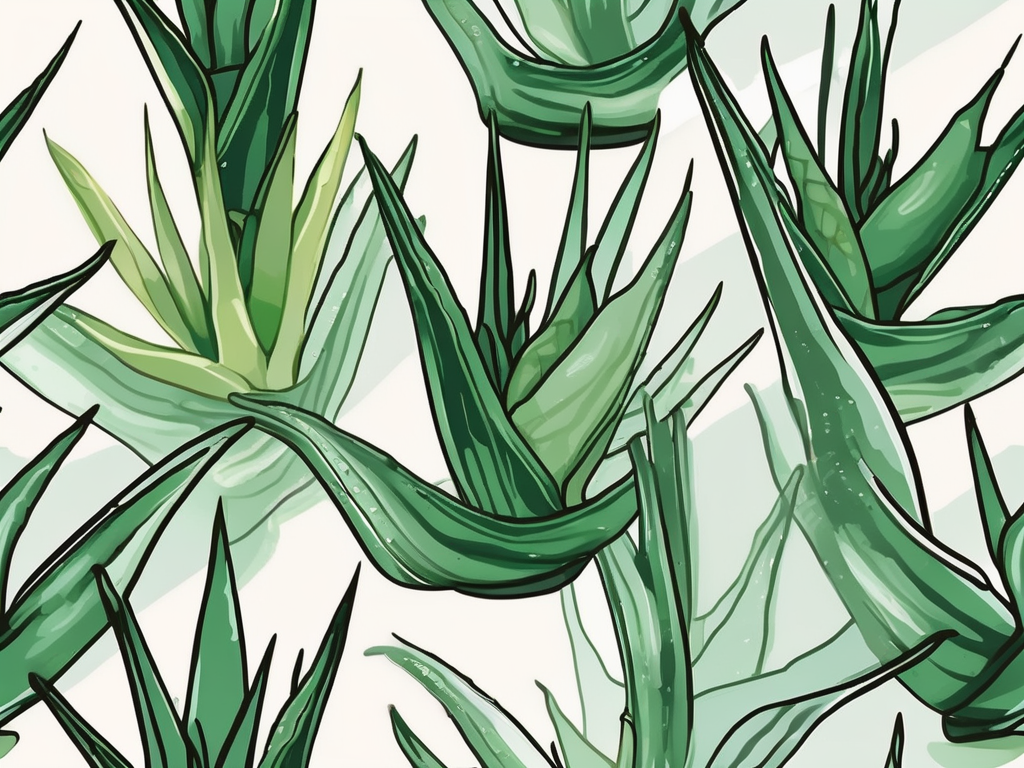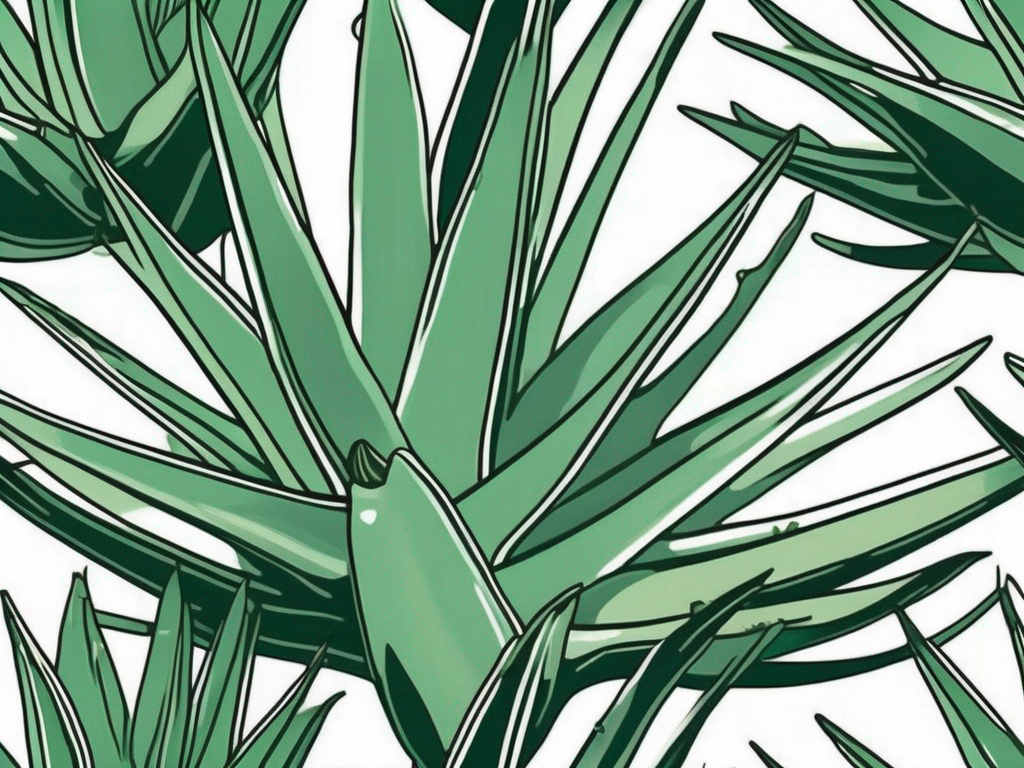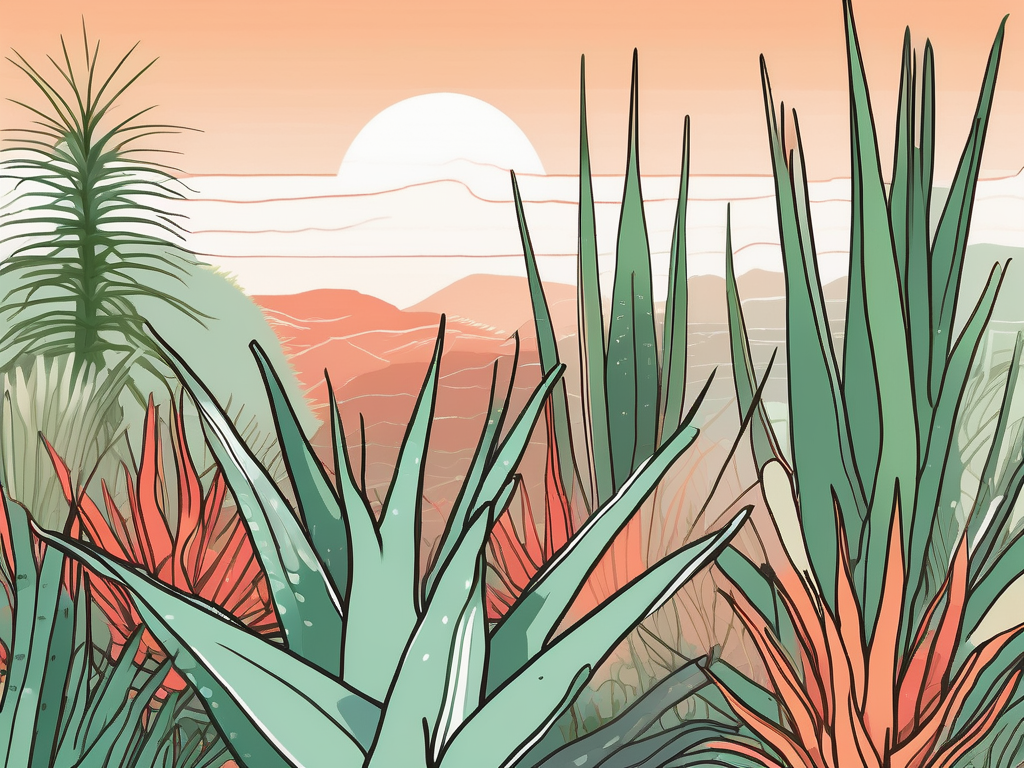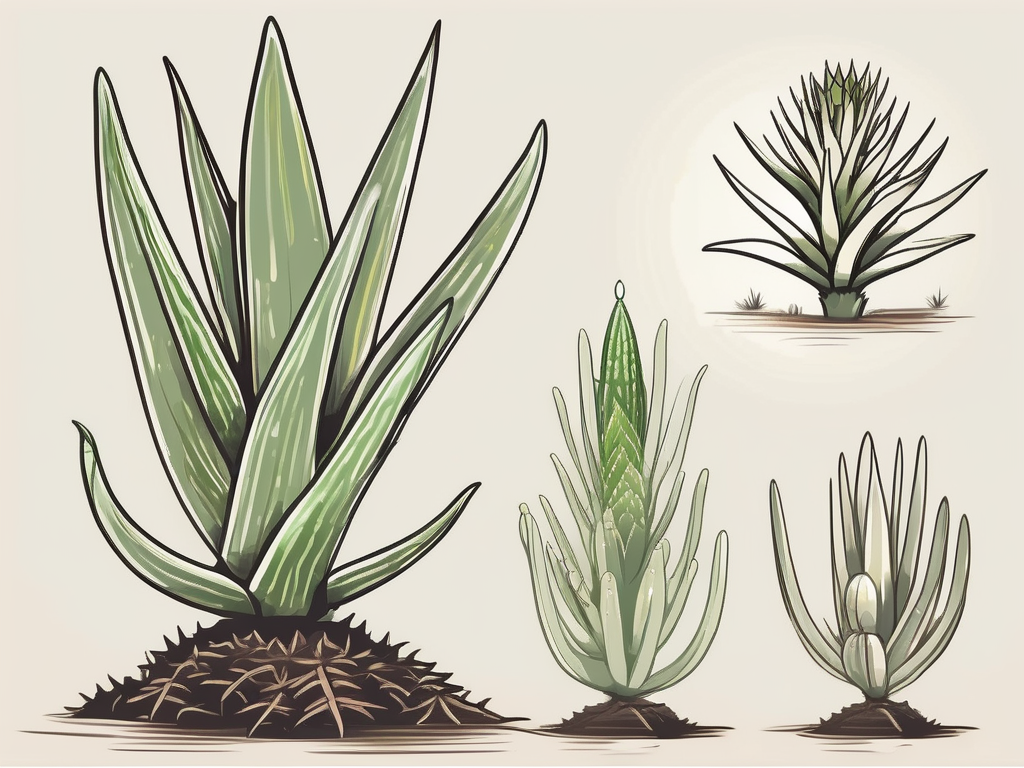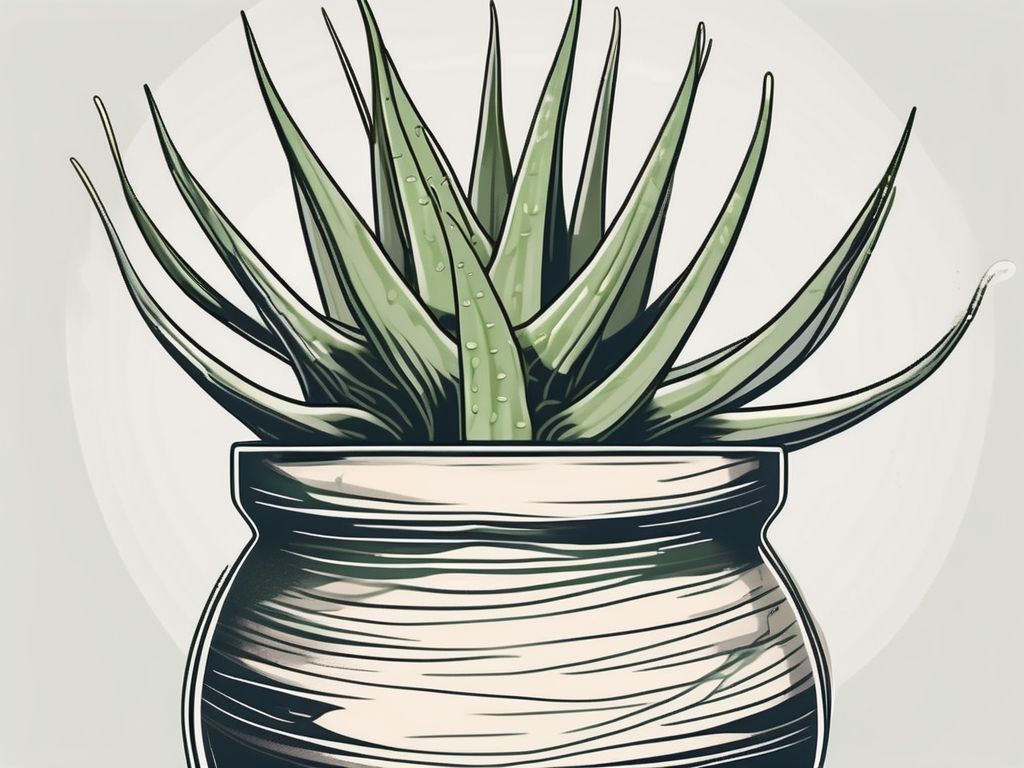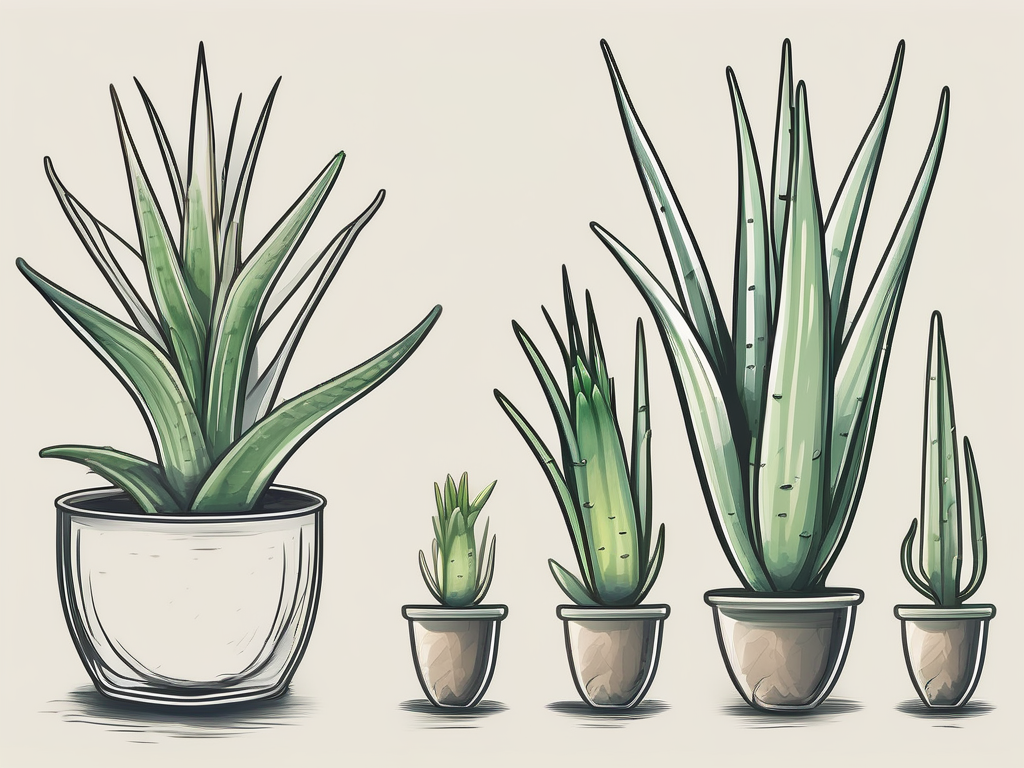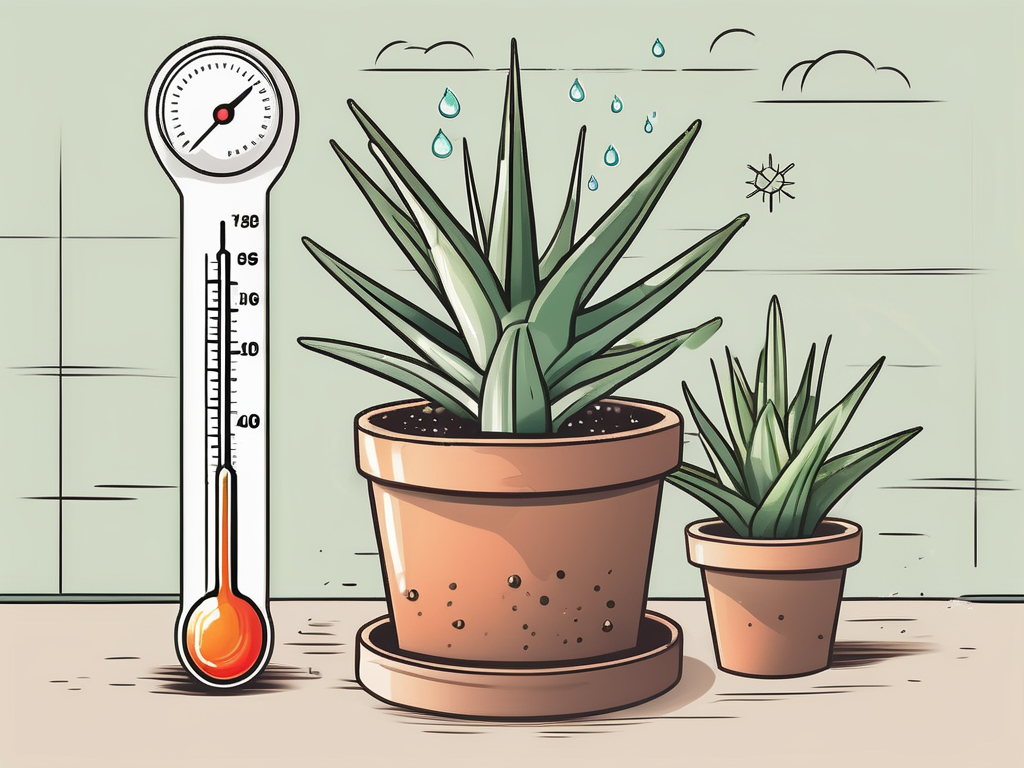
Aloe Vera is like the Swiss Army knife of the plant world. It's versatile, useful, and surprisingly easy to care for, making it a favorite among plant people. But if you're hoping to keep your Aloe Vera plant thriving, understanding its temperature tolerance is crucial. Let's explore what temperatures Aloe Vera can handle, how it reacts to different climates, and what you can do to ensure your plant stays happy and healthy.
In this article, we'll cover everything from the ideal temperature range for Aloe Vera to how to protect it during extreme weather conditions. We'll also discuss some practical tips for indoor and outdoor Aloe Vera care and share insights on what signs to watch for if your plant isn't feeling its best. So, whether you're a seasoned plant parent or new to the game, read on to learn all about Aloe Vera temperature tolerance.
The Ideal Temperature Range for Aloe Vera
Aloe Vera is a hardy succulent that originates from the warm, arid regions of Africa. As such, it thrives in temperatures that mimic its native environment. Ideally, Aloe Vera prefers temperatures between 55°F and 80°F (13°C to 27°C). This range allows the plant to grow well without the risk of temperature-induced stress.
When temperatures drop below 55°F, Aloe Vera can start to suffer. It's not just about the number on the thermometer, though. The duration of exposure to cold can be just as important. A brief dip into the 50s might not harm the plant, but prolonged exposure can lead to damage. Similarly, while Aloe Vera can tolerate higher temperatures, anything above 80°F requires extra care to prevent dehydration and sunburn.
For plant lovers who keep their Aloe Vera outdoors, it's essential to consider the local climate. If you live in an area with cold winters, you'll need to bring your plant indoors or provide some sort of protection like a greenhouse or cold frame. On the other hand, if you're in a hot climate, providing some afternoon shade can help keep your Aloe Vera comfortable during scorching summer days.
Understanding Temperature Fluctuations and Aloe Vera
Plants, much like people, prefer stability. Sudden changes in temperature can stress your Aloe Vera, even if the new temperature is within its tolerable range. This is particularly true if the change happens quickly, like when a cold front moves in overnight or during a sudden heatwave.
To protect your Aloe Vera from these fluctuations, it's a good idea to monitor the weather and make adjustments as needed. If your Aloe is indoors, try to keep it away from drafty windows or doors where it might experience sudden temperature drops. Similarly, avoid placing it near heat sources like radiators or vents, which can create hot, dry air that can be just as harmful.
For outdoor Aloe Vera, consider using protective coverings during unexpected cold snaps. A simple sheet or frost cloth can provide enough warmth to prevent damage. In hot weather, moving the plant to a shaded area or using a shade cloth can help reduce heat stress. Remember, consistency is key to keeping your Aloe Vera happy and healthy.
Signs Your Aloe Vera is Struggling with Temperature
Knowing the signs of temperature stress can help you take action before your Aloe Vera suffers long-term damage. Here are some common indicators that your plant isn't comfortable with its current climate:
- Leaf Discoloration: If your Aloe Vera's leaves start to turn brown or yellow, it could be a sign of temperature stress. Cold weather can cause the leaves to darken, while too much heat may lead to sunburn, resulting in pale or bleached spots.
- Wilting or Soft Leaves: Extreme temperatures can affect the water content in Aloe Vera leaves. If they become soft or mushy, it's often a sign that the plant is too cold. Conversely, wilting can occur if the plant is too hot and losing moisture too quickly.
- Slow Growth: While Aloe Vera naturally grows slower in cooler months, a prolonged period of stunted growth, especially during the growing season, can indicate stress from temperature extremes.
If you notice any of these signs, it's time to reassess your plant's environment. Adjusting the temperature or providing additional protection can often help your Aloe Vera recover.
Protecting Aloe Vera from Cold Temperatures
Cold weather and Aloe Vera don't mix well, especially when temperatures drop below freezing. If your Aloe Vera is outside and a frost is expected, you'll want to take action to protect it. Here are some steps you can take:
- Bring it Indoors: The simplest solution is to move your Aloe Vera inside during cold weather. Choose a location with plenty of light and away from cold drafts.
- Insulate the Pot: If your plant is too large to move, consider wrapping the pot with burlap or bubble wrap to provide some insulation. This can help keep the roots warmer, which is crucial for the plant's survival.
- Use a Frost Cloth: Covering your Aloe Vera with a frost cloth or a lightweight blanket can help trap some warmth and protect it from frost damage.
It's also a good idea to water your Aloe Vera less during the winter months. Cold, wet soil can lead to root rot, which is a common issue during this time. Allow the soil to dry out fully between waterings to keep your plant healthy.
Managing Aloe Vera in Hot Climates
While Aloe Vera can handle high temperatures, there are a few considerations to keep in mind if you live in a hot climate. Here are some tips to help your Aloe Vera thrive when the mercury rises:
- Provide Shade: Direct sunlight is beneficial for Aloe Vera, but too much can lead to sunburn. Consider placing your plant where it will receive morning sun and afternoon shade, or use a shade cloth during peak sun hours.
- Increase Humidity: Hot weather often means dry air, which can dehydrate your plant. Mist your Aloe Vera occasionally to increase humidity, or place a tray of water nearby to help keep the air moist.
- Water Wisely: While Aloe Vera is drought-tolerant, it still needs water to stay healthy. During hot weather, you may need to water more frequently, but always ensure the soil has dried out before watering again.
Keeping an eye on your plant and adjusting care as needed can help prevent common issues like leaf scorching and dehydration, ensuring your Aloe Vera remains vibrant and healthy.
Indoor Aloe Vera Care and Temperature Considerations
Growing Aloe Vera indoors is a popular choice, especially for those who live in climates that aren't ideal for outdoor growth. However, indoor environments come with their own set of temperature challenges.
One of the main issues can be temperature fluctuations caused by heating or cooling systems. Try to keep your Aloe Vera in a room with a stable temperature, away from direct heat sources or air conditioning vents. A bright, sunny windowsill is often a great spot, but be cautious of cold drafts from windows during winter.
Another consideration is the reduced light levels indoors, particularly in winter. Aloe Vera needs plenty of light to thrive, so consider supplementing natural light with a grow light if needed. This can help compensate for shorter days and ensure your plant continues to grow well even during the darker months.
Outdoor Aloe Vera Care and Seasonal Changes
If you're lucky enough to live in a climate that supports outdoor Aloe Vera growth year-round, there are still seasonal changes to consider. As the seasons shift, so do the temperature and light levels, which can affect how you care for your plant.
During spring and summer, Aloe Vera generally thrives with minimal care. The warm temperatures and longer days provide the perfect conditions for growth. However, as fall approaches and temperatures begin to drop, it's time to start thinking about winter preparations.
In regions with mild winters, a simple mulch layer around the base of the plant can help protect the roots from cold snaps. For areas with harsher winters, bringing the plant indoors or using protective coverings like frost cloths will be necessary.
Remember, outdoor Aloe Vera will need some time to acclimate to indoor conditions if you bring it inside. Gradually introduce it to the indoor environment to reduce stress, and ensure it still receives plenty of light to prevent growth issues.
Common Mistakes in Aloe Vera Temperature Management
Aloe Vera is forgiving, but there are some common pitfalls that plant parents can fall into when it comes to temperature management. Here are a few mistakes to avoid:
- Ignoring Weather Forecasts: It's easy to forget about your plant's needs when the weather changes, but keeping an eye on the forecast can help you take proactive steps to protect your Aloe Vera.
- Overwatering in Cold Weather: Cold temperatures slow down Aloe Vera's growth, meaning it needs less water. Overwatering during this time can lead to root rot, so always let the soil dry out between waterings.
- Not Providing Enough Light Indoors: Reduced indoor light can stress your plant, especially in winter. Supplementing with a grow light can help maintain healthy growth.
By being mindful of these common mistakes, you can create a more comfortable environment for your Aloe Vera, allowing it to thrive year-round.
Choosing the Right Spot for Your Aloe Vera
Finding the perfect spot for your Aloe Vera can make all the difference in its health and growth. Whether indoors or outdoors, location plays a vital role in regulating temperature and providing the right conditions.
Indoors, a south or west-facing window usually offers the best light conditions. Make sure the spot isn't too drafty in the winter or too hot in the summer. If you're placing your Aloe Vera outdoors, look for a location that offers partial shade, especially in the afternoon, to protect it from intense heat.
Remember, the right spot can vary depending on your local climate and the specific conditions of your home or garden. Experiment with different locations and pay attention to how your Aloe Vera responds. With a little trial and error, you'll find the perfect place for your plant to thrive.
Final Thoughts
Understanding Aloe Vera's temperature tolerance is essential for successful cultivation. By paying attention to the temperature needs of your Aloe Vera, you can ensure it remains healthy and vibrant, whether it's basking in the sun or sheltering from the cold.
At Cafe Planta, we're passionate about helping you care for your plants. Whether you have questions about Aloe Vera or any other plant, feel free to reach out to us via email or Instagram. We're here to support you on your plant journey and help you cultivate a thriving, beautiful collection in your home.













